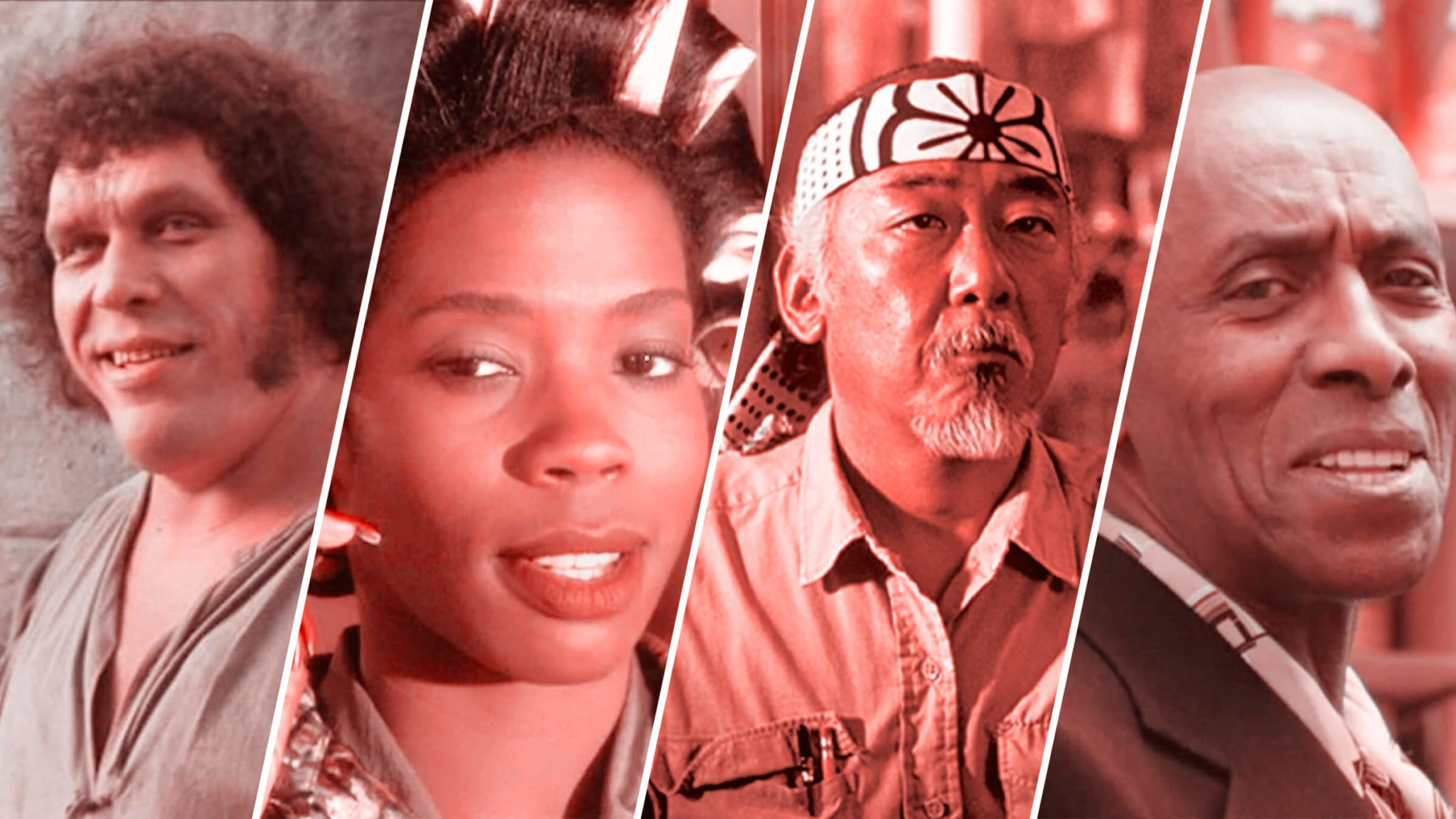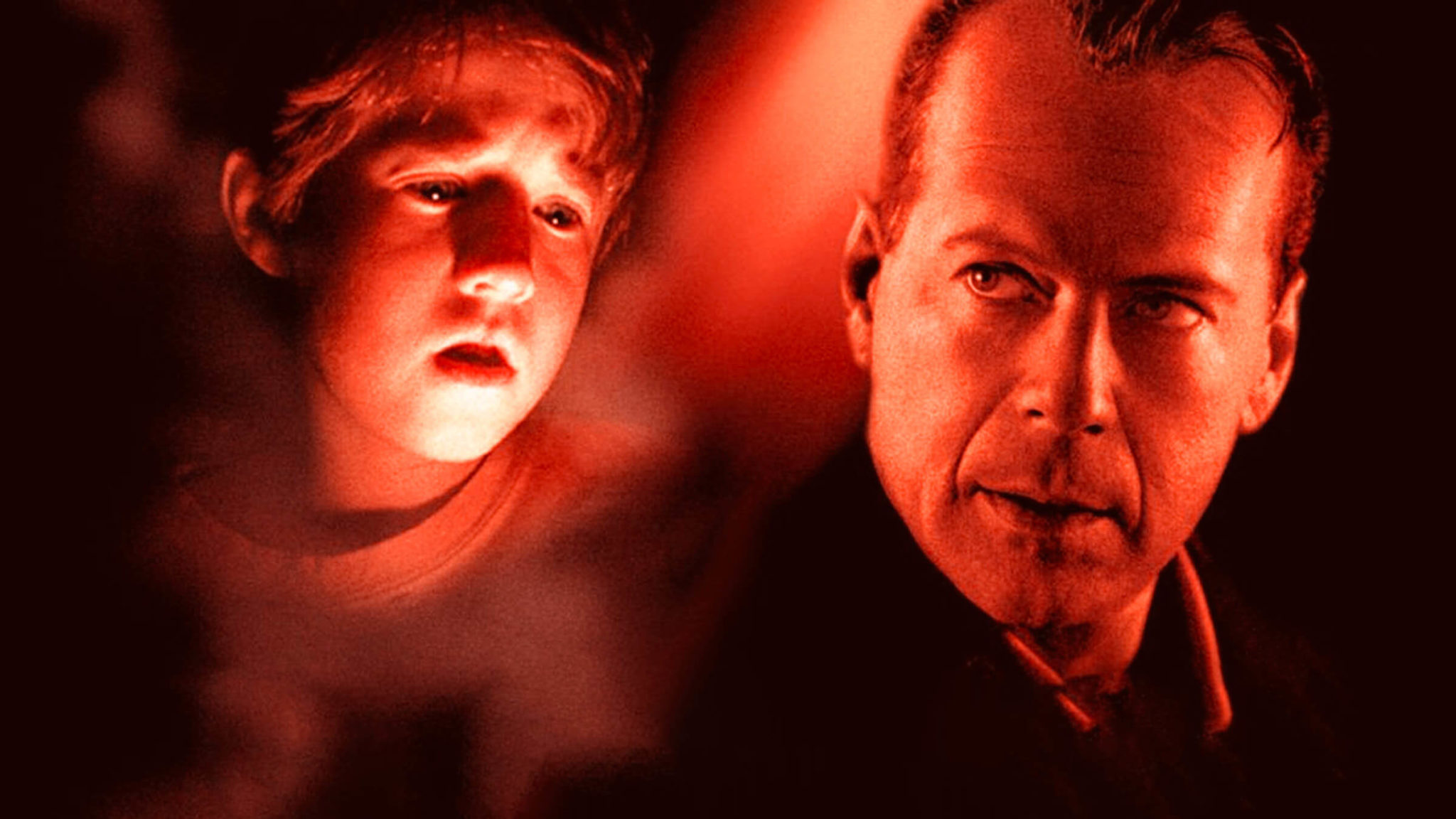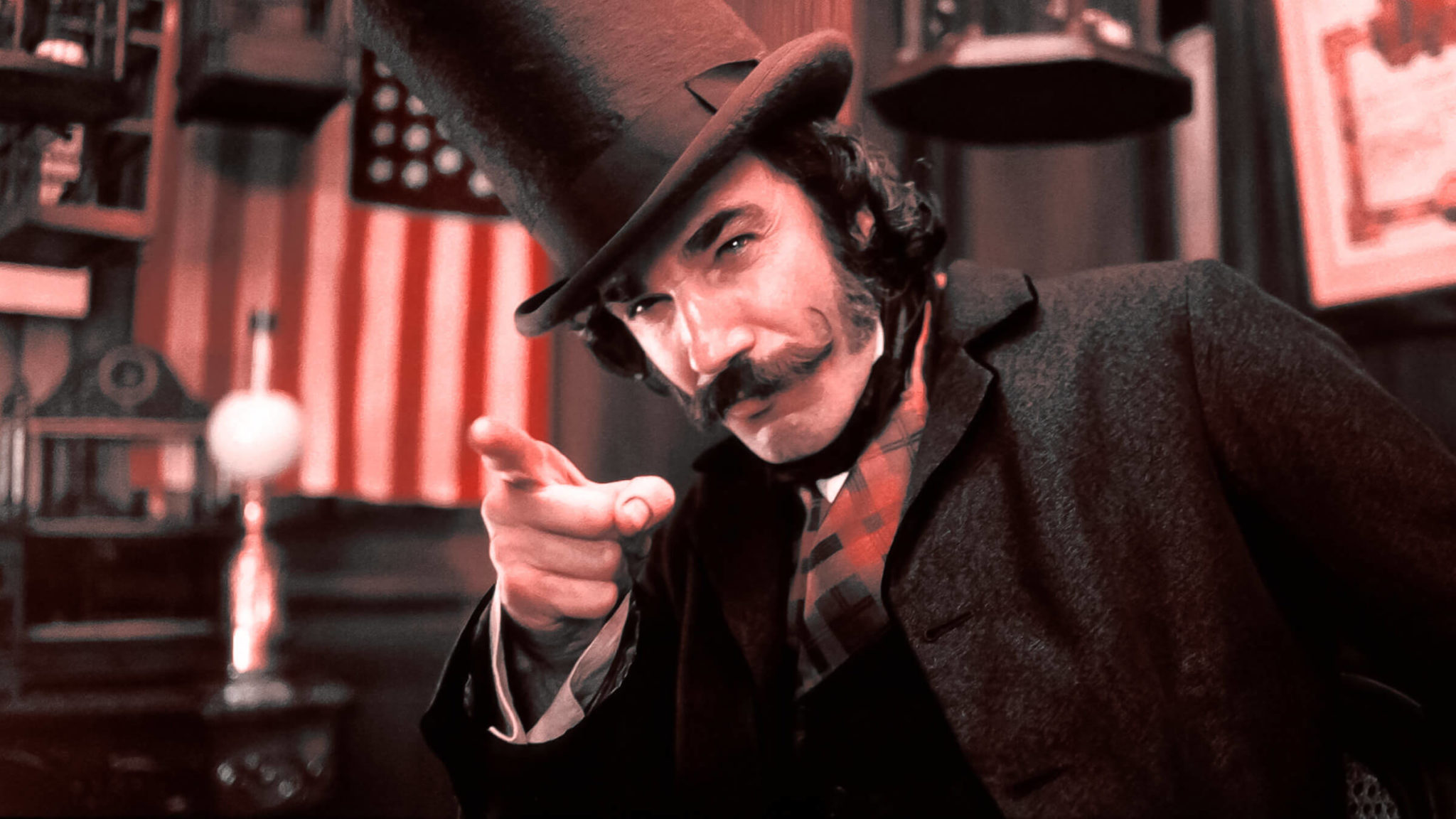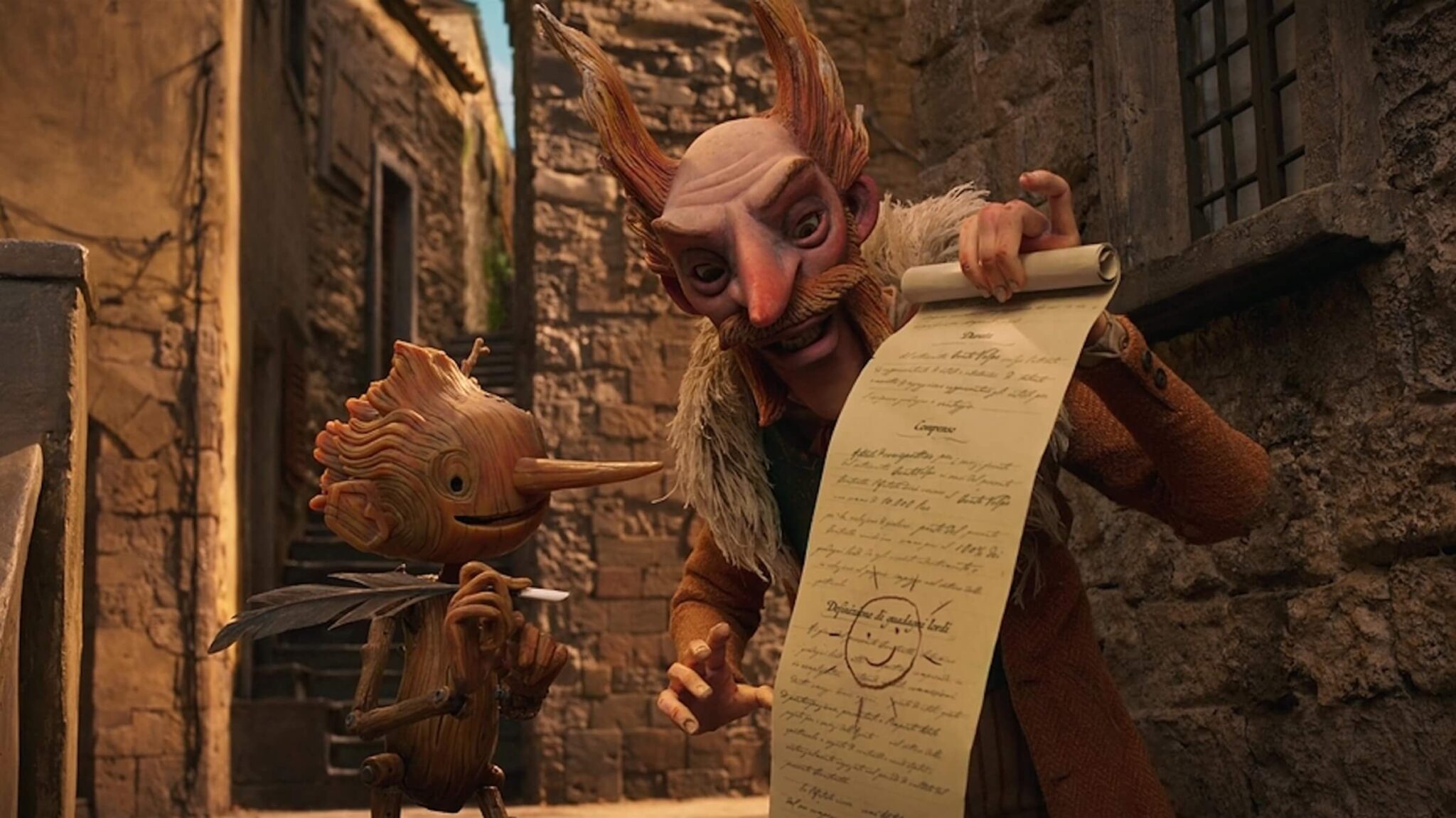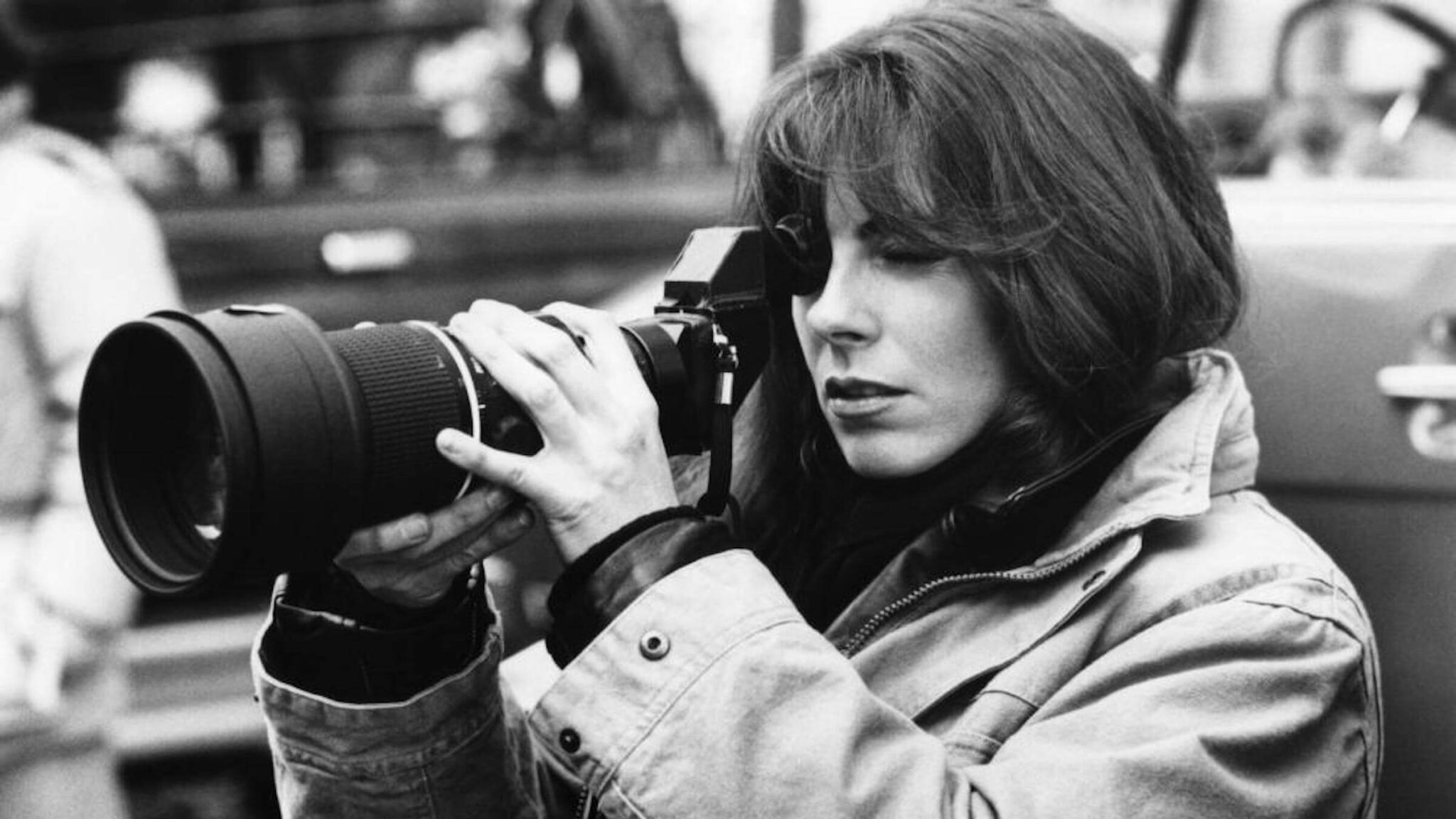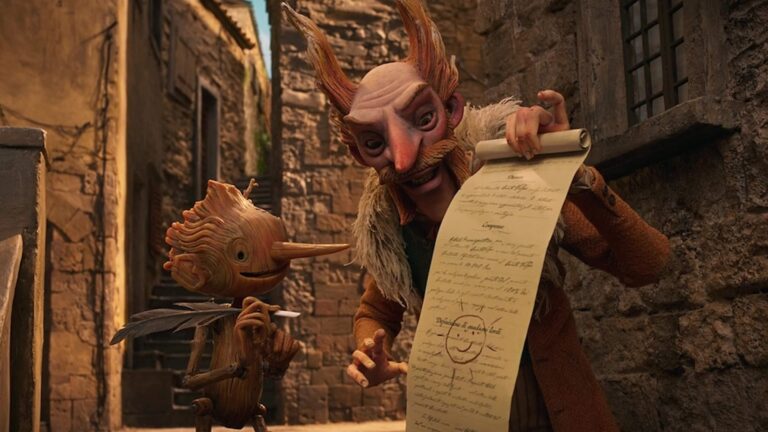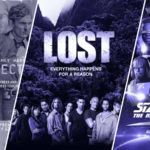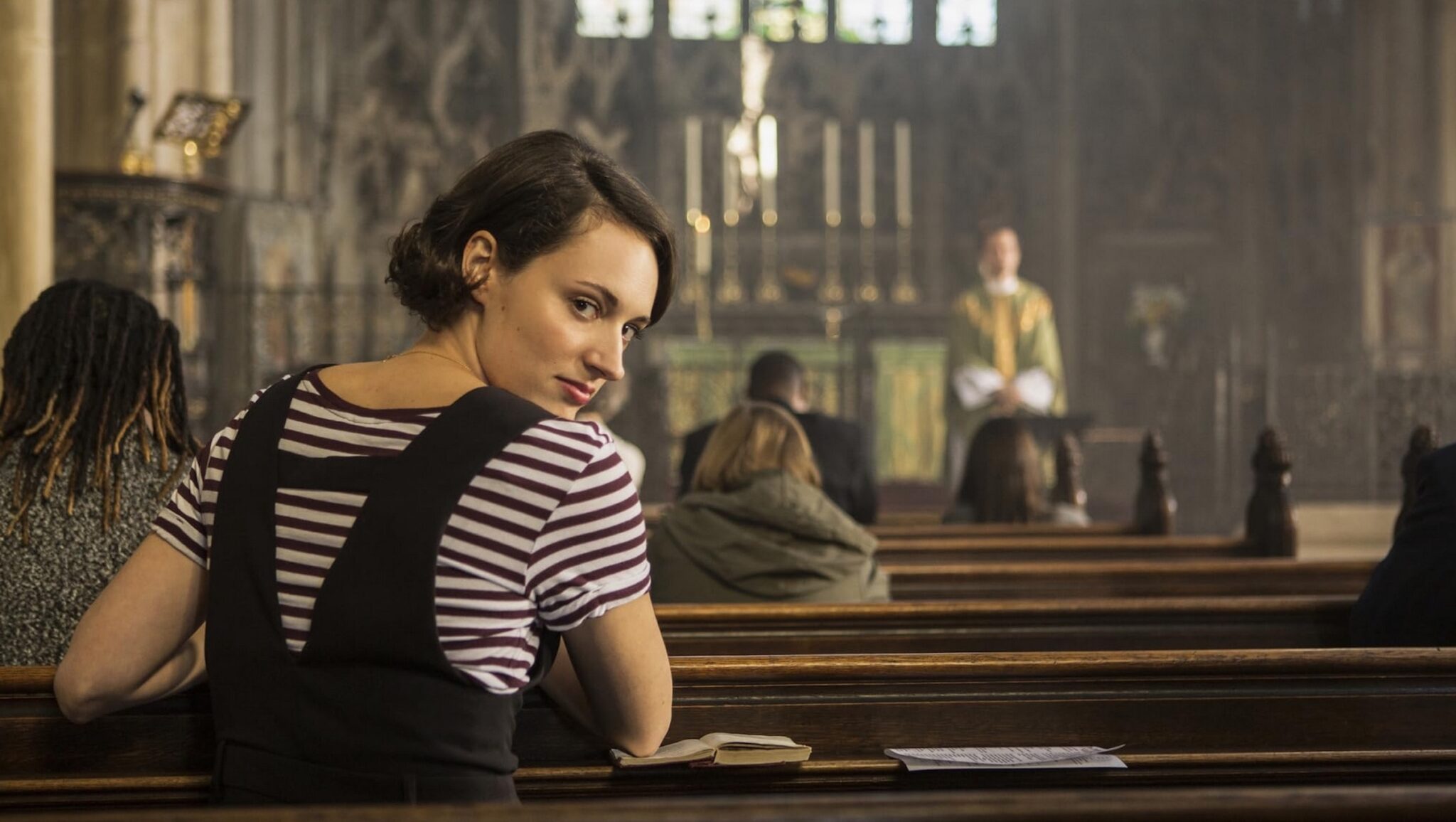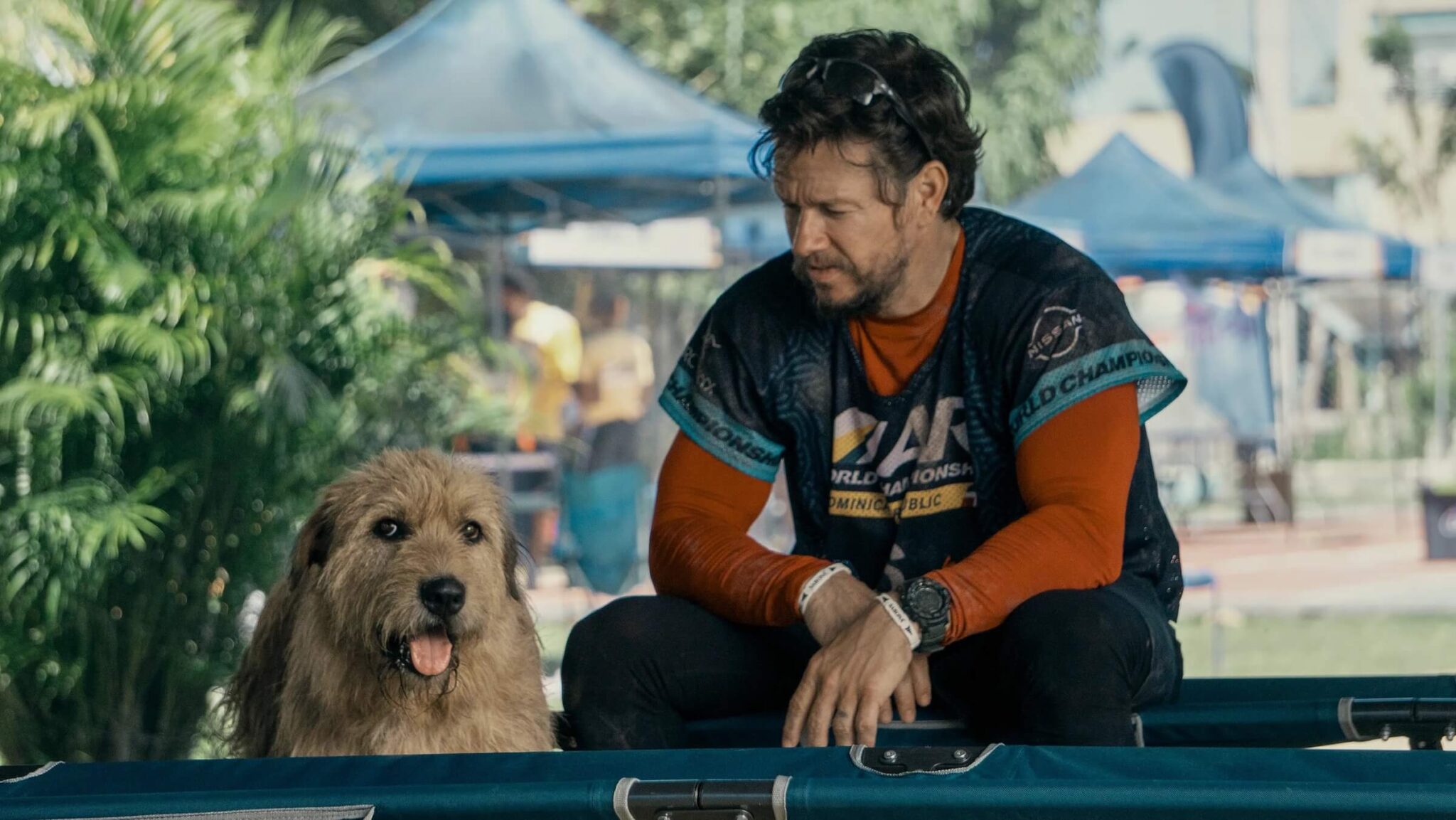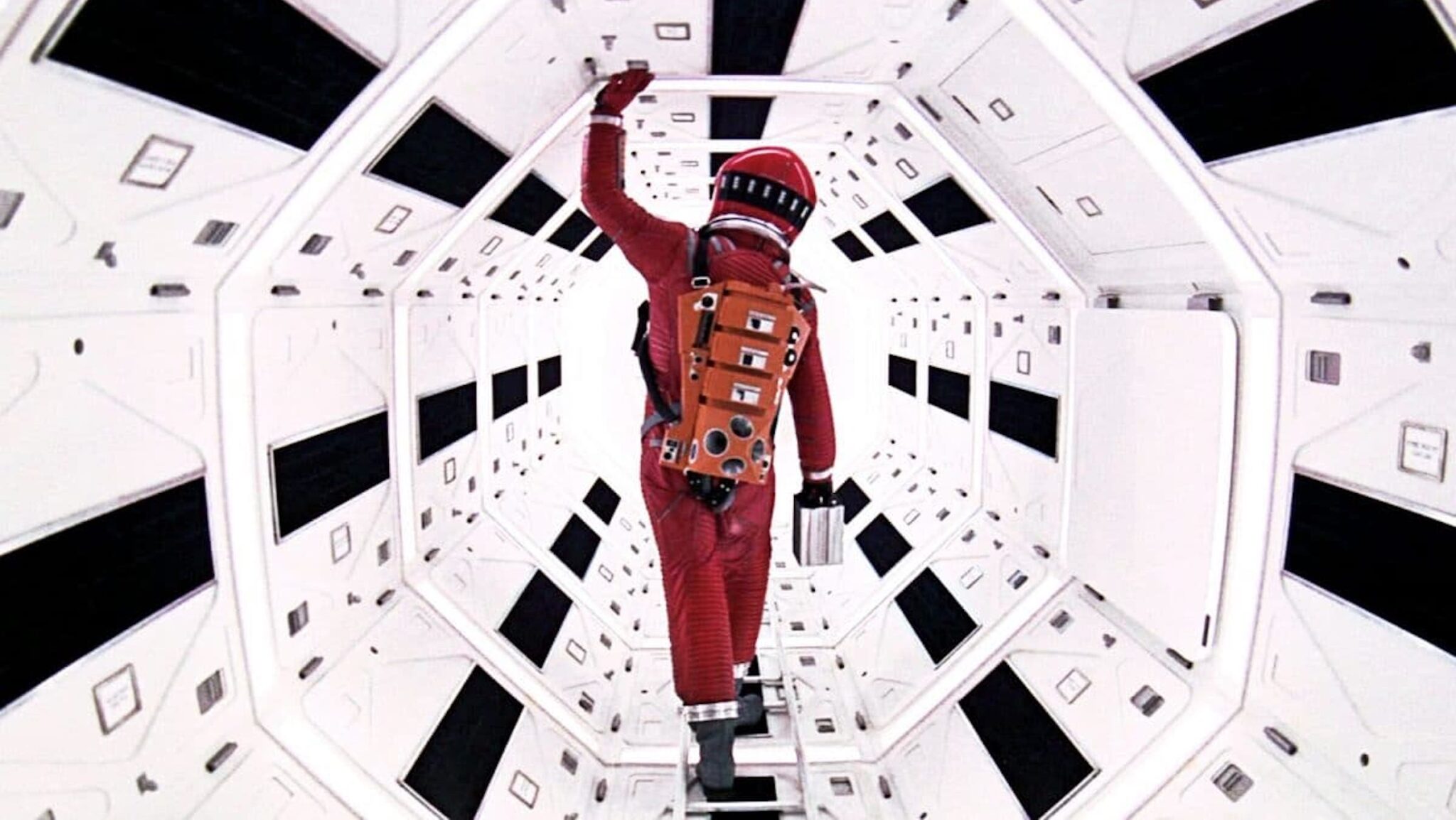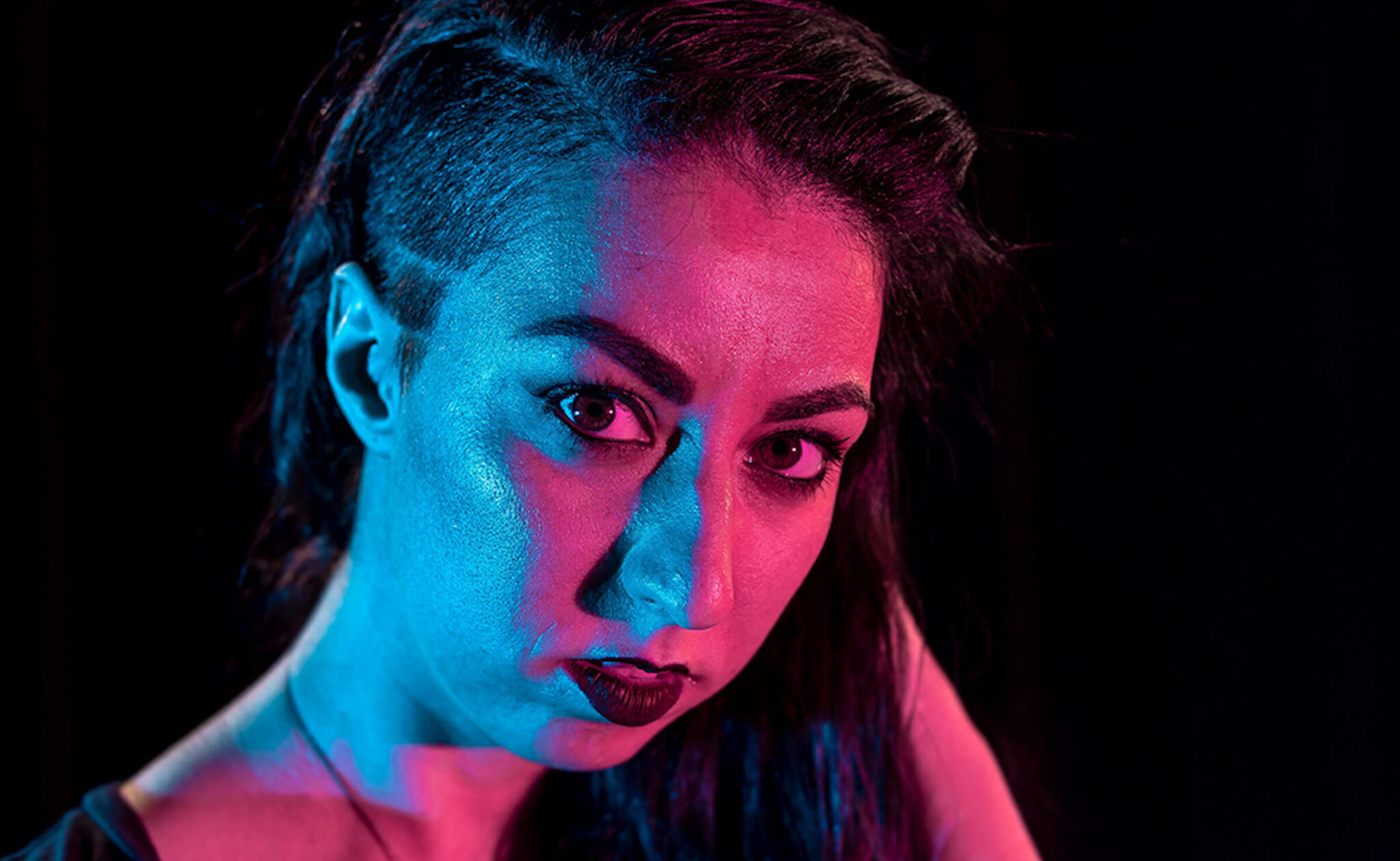5 Screenwriting Tips From TOY STORY 4 Writer Stephany Folsom
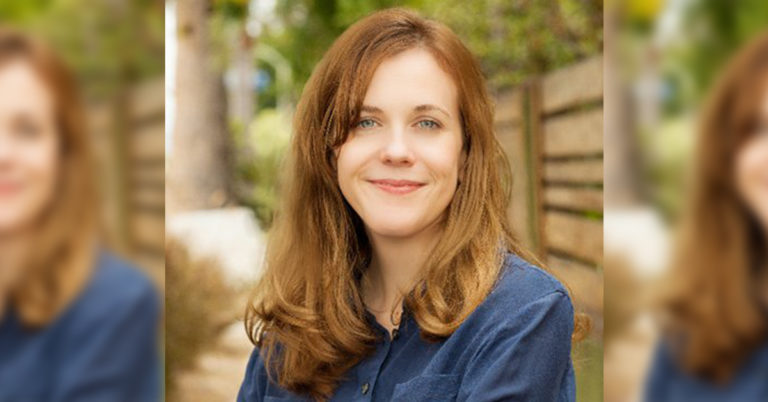
Screenwriter Stephany Folsom was one rejected script away from packing it all in and giving up on her Hollywood dream. Six years later, she’s huddled up with the magic-makers of Pixar, working on the script for Toy Story 4. (How’s that for an inspiring success story?) She’s sought after and now steadily working and recently took some time out of her busy schedule to join podcast host Aaron Tracy on Yale Podcast Network’s To Live And Dialogue In LA.
The charming and bubbly Folsom gushed about her love of movies and revealed some tips on surviving creatively in such big-budgeted worlds, as well as persevering as the lone female voice in the room and what to do when you feel like waving the white writing flag. Here are some snippets pulled from the conversation.
1. On Tackling Something New For the First Time
Toy Story 4 marks Folsom’s first time writing an animated film (no pressure or anything). Given that she was such a fan of Pixar and the Toy Story franchise itself, she was eager to learn how to bridge the gap between writing for live-action and animation. As she’s very much part of the whole five to seven year process of making the film, she’s come to realize what the key differences are.
“I feel like both live action and animation have their own sets of issues,” she says. “There’s something about animation that’s really liberating where you’re not just stuck with what you shot and you’re not just dealing with the physical limitations of a location. You can pretty much put whatever you want in the frame but then there’s the flipside of that where you can put whatever you want in the frame…” The freedom can be a bit intimidating and, ironically, creatively stifling, so Folsom says, “you kind of have to engineer some limits so you can function.” At the end of the day, though, Folsom admits that, “storytelling is storytelling — it’s just different processes and different systems of how it’s done.”
2. Flex That Writing Muscle, Bro
Practice makes perfect, as we all know. It goes without saying that to be a better writer, you simply must keep writing. Write, write, write. We’ve heard it all before. But Folsom puts it pretty elegantly here, saying, “I kind of liken it to playing an instrument… I played piano as a kid and first, you learn where to put your fingers on the keys and then you learn how to read the music and you get your hands to go with the music and suddenly you’re just playing music without really thinking about it and I feel like the same is with writing.”
She speaks about the importance of flexing your writing muscle by writing. The more you exercise that muscle, like playing the piano, the more natural everything comes. “When you first start out [writing] you’re like, “Oh, should that happen on that page? Is this good? Is this structure good?” And then you work your muscle enough and you’re able to just get it to a point where you can just write... That being said, I think the journey of learning how to write never completely stops, which is the reason I love it.”
3. Character First
In addition to working with Pixar, Folsom has scored meetings and gigs with Lucasfilm and Marvel (Thor: Ragnarok). In such big budgeted and high concept worlds, it may be easy to forget the essentials of what makes a good story — but Folsom maintains the importance of character even when working on the madness of these franchises. “For me, I always look at things: character first,” she says. “Those characters, once you formulate their personalities and who they are and their relationships and how they interact with each other and what they need to learn over the course of this journey that you’re sending them on, that’s really going to dictate where you take them in your plot. I think like the best stories come from a character perspective where you get those wonderful, surprising moments where you’re like, how the hell is that character going to get out of this, comes from the choices that they make as a living, breathing, pretend human being.”
Folsom stresses, however, to not let all the research and work you’ve put into developing your character weigh down the plot — keep it to the essentials. “Yes, you do need to know your character’s backstory,” she clarifies. “You as the writer need to know their resume. But that just shades what you do. Your audience doesn’t need all that info because they need to be in the moment with your character.”
4. Overcoming Adversity As A Female Writer
Working for names like Pixar, Lucasfilm, and Marvel obviously come with the high-profile perks of seeing your name in much bigger lights that one would on a smaller film. But there’s also a downside for Folsom, being a woman. These are very male-dominated worlds in a male-dominated business — she was one of the very few female screenwriters and creatives working there. With a laugh she describes the experience, saying, “I would have to say it’s weird to be, like, the only one of your kind in every meeting.”
But it was important for her to not let any of that overwhelm her or hold her back. She persevered and focused on a mindset to help her through. “To a certain extent, I am in a less powerful position just because of my gender. I know that’s a reality but I kind of function in a level of delusion that has serviced me well. I just always assume that I’m equal and my ideas are just as valid and what I have to say is just as valid until I encounter any type of discrimination or something — and then I just address it with the person like we’re human beings.” More than anything else, writing proves the most important thing for Folsom — she lets her words do the talking and, obviously, it’s paid dividends. Talent wins out.
5. Feel Like Giving Up? Write What You Love
A few years back, Folsom made waves when her script, 1969: A Space Odyssey, made the 2013 Black List. It was an alternate history about Stanley Kubrick faking the moon landing. It was a project that combined many of Folsom’s loves: her love of cinematic history, conspiracy theories, science and space — and ironically, writing it was kind of a last resort.
“Before that Black List script, there were dozens of scripts that were just in a drawer,” Folsom recalls. “I was actually about to quit the business because I was getting so frustrated with all the “no’s” and I was like, what am I doing with my life? And I think out of that frustration came the script I wrote, 1969: A Space Odyssey and I think I was just, like, I don’t care if it’s commercial, I don’t care if anybody likes it, I’m so sick of all of this, I’m just going to do something I like!” It’s important to note, however, that Folsom still put in the grunt work before the Space Odyssey script — all of those previous scripts collecting dust, while maybe not her best, certainly helped develop her talent into being able to write the Black List script. When her back was against the wall, it was her passion, more than anything else, that catapulted Folsom into the limelight.
Listen to the podcast on iTunes here.
 Travis Maiuro is a screenwriter and freelance film writer whose work has appeared in Cineaste Magazine, among other publications.
Travis Maiuro is a screenwriter and freelance film writer whose work has appeared in Cineaste Magazine, among other publications.
For all the latest ScreenCraft news and updates, follow us on Twitter, Facebook, and Instagram.
Tags
Get Our Screenwriting Newsletter!
Get weekly writing inspiration delivered to your inbox - including industry news, popular articles, and more!







